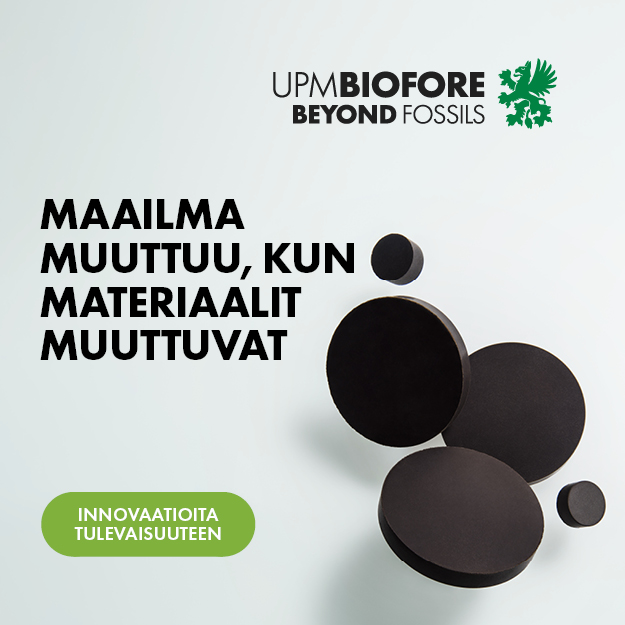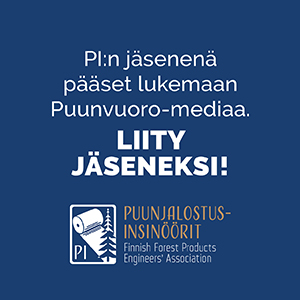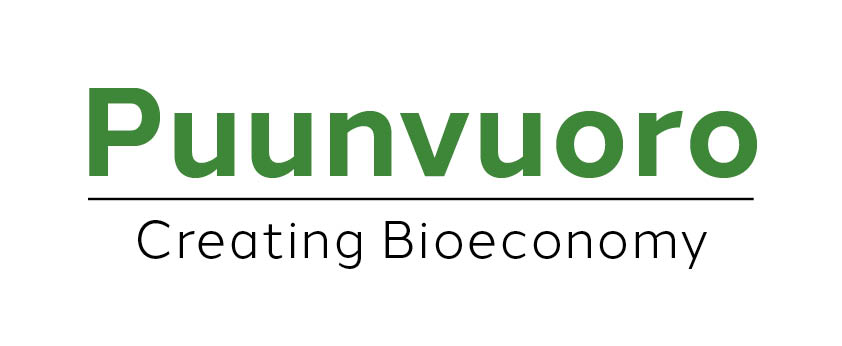UPM has reported that it is contemplating a massive EUR 2 billion investment in the pulp mill in Uruguay. The final decision on the investment can possibly be expected next year. While weighing up the decision, UPM is holding good cards, and the company’s financial situation is excellent according to President and CEO Jussi Pesonen:
“UPM is in better shape than ever.”
CFO and Executive Vice President Tapio Korpeinen lists several indicators that support Pesonen’s comments.
“The company has achieved growth in its result for 19 consecutive quarters. Cash flow is strong, thanks to which net debt was only EUR 174 million at the turn of the year. In addition, the share price has developed towards new record-breaking highs.”
Focus on strengthening the balance sheet
Continuous improvement of the result reflects long-term work and efforts. According to Korpeinen, a central background factor has been the change in the business model.
“We work in a culture of continuous improvement. Currently, the company has six businesses that can fairly independently develop their own operations.”
Investments are directed at businesses where the market fundamentals are positive and where UPM has a strong competitive position. The purpose of investments is to seek operative results together with efficiency in using capital and profit.
Investments have included, for instance, projects for opening bottlenecks in the pulp business, investments in the plywood business in Estonia and Russia, and investments in the sticker value chain in UPM Raflatac and Specialty Papers.
In addition to steps taken in the businesses, joint projects have also been built on a group level. The focus has been directed at safety, efficiency of changing costs and the effective use of capital.
In the past five years, UPM’s operative cash flow has been EUR 6.4 billion. Of that, EUR 1.9 billion has been invested back into the company. EUR 900 million of that sum has been used for maintenance investments, and EUR 1 billion has been invested in making growth and profitability more efficient. At the same time, as much as EUR 2.6 billion has been used to pay off debts, and EUR 1.9 billion has been used to pay dividends.
Korpeinen confirms what the figures tell us: in recent years, UPM has prioritised a strong balance sheet.
“A strong balance sheet presents the possibilities for acting and selecting when an opportunity arises,” says Korpeinen, reminding us that investors also value reducing debts.
A decision on the Uruguay pulp mill
The moment when UPM will make the decision on the giant investment in Uruguay is almost upon us. So far, the project has progressed according to its predetermined steps. Last autumn, UPM signed an infrastructure contract with the Government of Uruguay.
That kicked off a period of 18 months to two years of mill planning and acquiring permissions. At the same time, the country’s government is pushing the infrastructure projects forward. After this, the company is ready to make the final investment decision on the mill. The pulp mill would be completed in approximately two to two-and-a-half years from the decision.
What would a EUR 2 billion pulp mill producing annually two million tonnes of pulp bring UPM?
“It would be a great step for our pulp business that currently has production of 3.7 million tonnes. It would also be significant for the entire UPM and mean a significant increase in the company’s result,” says Korpeinen.
The investment would be the biggest in the company’s history but, according to Korpeinen, it would not use up all of UPM’s current resources.
“Financially speaking, we have the capacity for the investment. This is exactly why we have wanted to keep the company’s balance sheet in order. This means the project does not require that the development of all other businesses should be frozen, despite the massive scale of the investment. It would still be possible to take good projects forward.”
UPM has learnt from history. Korpeinen admits that the major fault of the industry has been that so much money has been spent on investments and mergers that balance sheets have been heavy. After that, weaker economic situations have hit hard.
“We have wanted to learn from these experiences and not end up in similar situations any more. In the current situation, we can carry out even large projects so that we will not end up with a balance sheet that is too heavy.”
Text: Sami Laakso
Picture: Jari Härkönen



